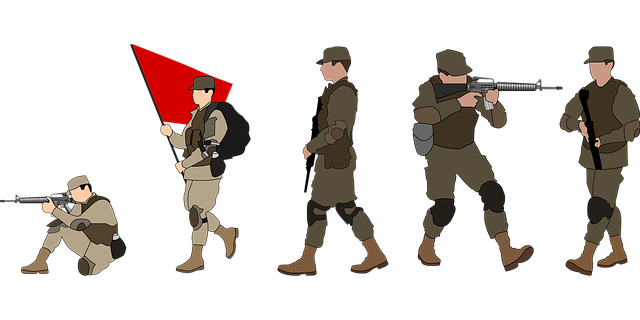The 82nd Airborne Division Flag, adopted in 1957, is a vibrant symbol of pride and heritage within the US Army, featuring a blue field with a golden parachute. Modern printing technologies have advanced dramatically from traditional methods to digital techniques like inkjet printers and dye sublimation, offering diverse materials, intricate designs, and high-resolution visuals. Custom pennants and banners can capture a unit's history and pride, enhancing visual appeal and identity, and printed flags like the 82nd Airborne Division Flag are indispensable in military ceremonies, evoking pride and unity while preserving and showcasing military history for public education.
Unfurling a story both bold and historic, the printed flags, pennants, and banners adorned with the 82nd Airborne Division Flag serve as vibrant symbols of military might and heritage. This article delves into the rich history and symbolism of this iconic flag, exploring the materials and techniques behind its striking design. We’ll uncover customization options, from personal tributes to mass production, and examine the profound role these printed flags play in military ceremonies and public events, where they continue to inspire and unite.
- The History and Symbolism of the 82nd Airborne Division Flag
- Materials and Techniques Used in Printing on Flags
- Customization and Design Options for Pennants and Banners
- The Role of Printed Flags in Military Ceremonies and Public Events
The History and Symbolism of the 82nd Airborne Division Flag
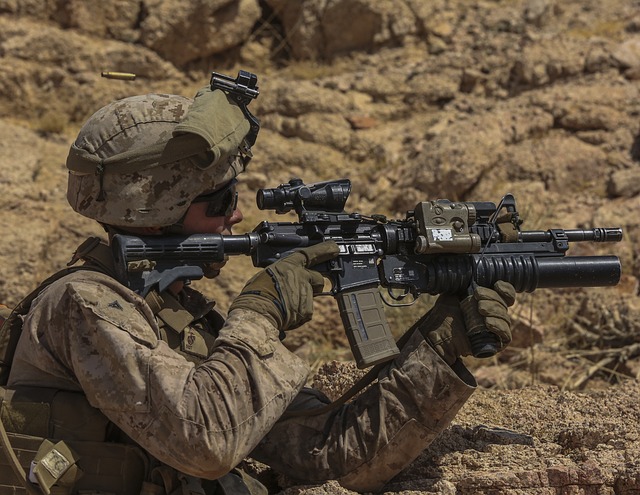
The 82nd Airborne Division Flag, a vibrant and iconic symbol, boasts a rich history and deep symbolism. This flag, often seen printed on flags, pennants, and banners, represents the pride and heritage of the 82nd Airborne Division within the United States Army. The design features a distinctive blue field adorned with a golden parachute, a powerful imagery that encapsulates the division’s primary role in airborne operations.
Historically, the flag was first adopted in 1957, reflecting the division’s participation in World War II and its subsequent involvement in various conflicts. The golden parachute symbolizes the daring and innovative nature of airborne troops, who often execute high-risk missions. This emblematic design has evolved over time but remains a strong representation of the division’s courage, adaptability, and commitment to duty, making it a popular choice for displays of military pride and heritage.
Materials and Techniques Used in Printing on Flags
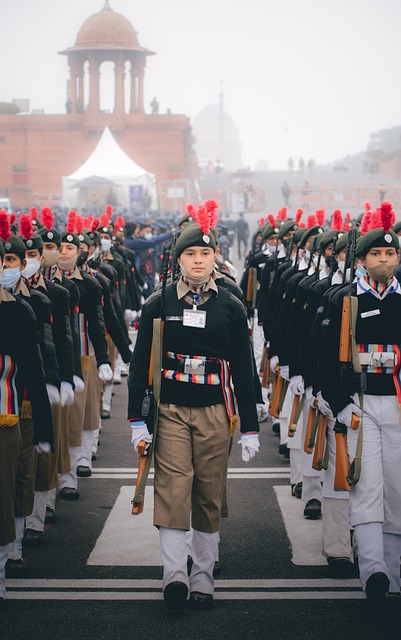
The materials and techniques employed in printing on flags, pennants, and banners have evolved significantly over time, offering a wide array of options for designers and enthusiasts alike. Traditional methods often involve silk or cotton fabric, with block printing and hand-painting as common practices. These techniques are labor-intensive but yield unique, handcrafted results. With the advent of modern technology, digital printing has become a game-changer in this field. Inkjet printers and dye sublimation machines now enable the production of high-resolution, vibrant flags, perfect for showcasing emblems like the 82nd Airborne Division Flag with intricate detail.
Digital printing allows for a diverse range of materials, from polyester to nylon, ensuring flags can withstand various weather conditions. The process involves transferring images directly onto the fabric using specialized inks. This method is not only efficient but also cost-effective, making it ideal for large-scale production while maintaining quality. Whether showcasing military heritage or sporting events, these modern printing techniques offer precision, durability, and a vast palette of colors to capture any design vision.
Customization and Design Options for Pennants and Banners
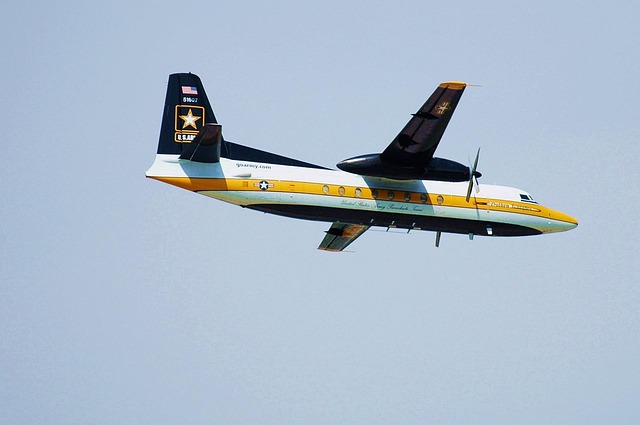
When it comes to custom pennants and banners, the options for design and personalization are virtually endless. From emblazoning a unit crest or regiment name to incorporating intricate military symbols and historical references, every detail can be tailored to suit specific needs. For instance, the 82nd Airborne Division Flag is a prime example of how these visuals can capture a unit’s heritage and pride—a unique design that sets it apart from others.
Whether for special occasions, parades, or as a permanent display, adding personalization allows for a banner or pennant to truly represent its intended purpose. Modern printing technologies enable high-quality reproduction of detailed artwork, ensuring each element is crisp and vivid. This level of customization not only enhances the visual appeal but also serves as a powerful means of communication, fostering a sense of identity and camaraderie among those who bear it.
The Role of Printed Flags in Military Ceremonies and Public Events
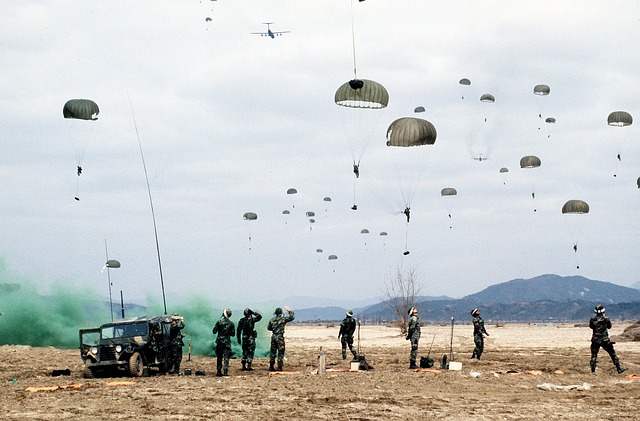
Printed flags, such as the iconic 82nd Airborne Division Flag, play a pivotal role in military ceremonies and public events. These vibrant banners serve as visual symbols, representing units, organizations, and ideals. During parades and commemorations, they capture the eye and evoke a sense of pride and unity among participants and spectators alike. The precision and detail in their printing ensure that each flag stands as a testament to the history, heritage, and values it represents.
In military ceremonies, printed flags are often carried by honor guards or displayed at important landmarks, marking significant moments in time. For instance, the 82nd Airborne Division Flag might be prominently featured during Veterans Day celebrations, honoring the sacrifices of paratroopers past and present. These events not only pay tribute to those who have served but also educate the public about the rich tapestry of military history, making printed flags integral to preserving and showcasing these narratives.
The 82nd Airborne Division Flag, with its rich history and powerful symbolism, stands as a testament to military tradition and unity. The art of printing on flags has evolved, offering diverse materials and customization options for pennants and banners, ensuring that each design is unique and meaningful. These printed flags play a vital role in military ceremonies and public events, fostering pride and remembrance. By embracing historical significance and innovative techniques, the future of flag production promises to continue inspiring and uniting communities worldwide.
